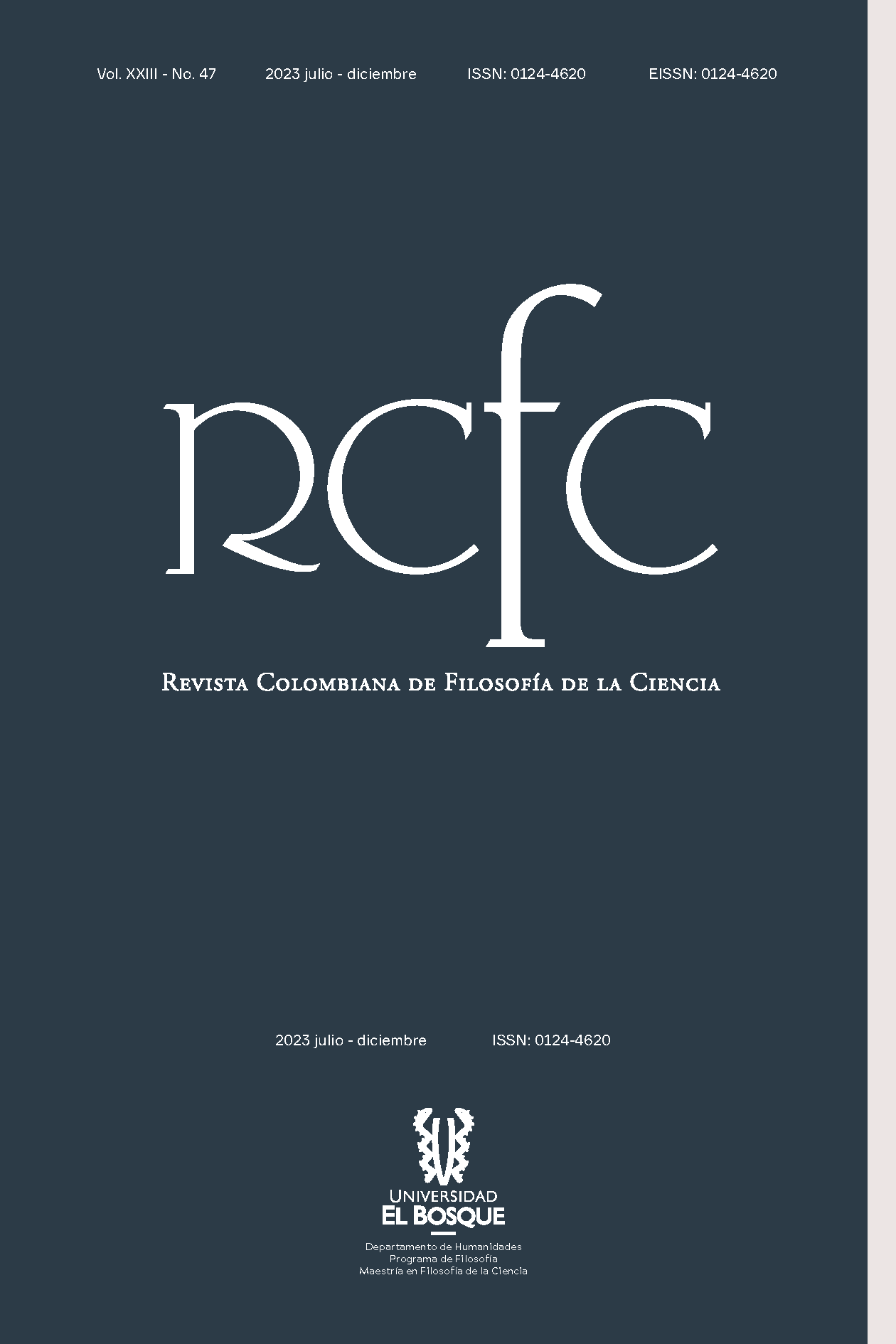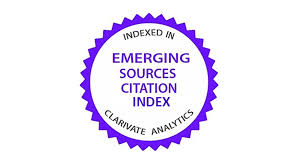Ant Colonies as Biological Individuals
DOI:
https://doi.org/10.18270/rcfc.v23i47.4123Keywords:
ants, colony, individuality, individual, individuation, functional, evolutionaryAbstract
In this paper, I address a specific case of the classic problem of individuation in the philosophy of biology: that of insect colonies, and in particular, ant colonies. The individual character of a group of ants forming a colony can be a subject of controversy, as, from an intuitive standpoint, it does not seem to constitute an individual. My goal is to demonstrate that ant colonies are biological individuals. To do so, I focus on two of the most studied types of individuals in the philosophy of biology: functional and evolutionary, and I examine whether ant colonies meet the necessary conditions to be considered individuals in these terms.
Downloads
References
Bernard, Claude. Lectures on the Phenomena of Life Common to Animals and Plants. Springfield, Illinois: Charles C. Thomas, 1974.
Cannon, Walter B. “Organization for Physiological Homeostasis”. Physiological Reviews 9.3 (1929): 399-431. <https://doi.org/10.1152/physrev.1929.9.3.399>
Clarke, Ellen. “The Problem of Biological Individuality”. Biological Theory 5.4 (2010): 312-25. <https://doi.org/10.1162/BIOT_a_00068>
Cremer, Sylvia., D. Pull, Christopher., y Fürst, Matthias A. “Social Immunity: Emergence and Evolution of Colony-Level Disease Protection”. Annual Review of Entomology 63.1 (2018): 105-123. <https://doi.org/10.1146/annurev-ento-020117-043110>
Franks, Nigel R. “Thermoregulation in Army Ant Bivouacs”. Physiological Entomology 14.4 (1989): 397-404. <https://doi.org/10.1111/j.1365-3032.1989.tb01109.x>
Gardner, A. y A. Grafen. “Capturing the Superorganism: A Formal Theory of Group Adaptation”. Journal of Evolutionary Biology 22.4 (2009): 659-671. <https://doi.org/10.1111/j.1420-9101.2008.01681.x>
Gardner, A. et ál. “The Genetical Theory of Kin Selection”. Journal of Evolutionary Biology 24.5 (2011): 1020-1043. <https://doi.org/10.1111/j.1420-9101.2011.02236.x.>
Gibson, Abraham H. “Edward O. Wilson and the Organicist Tradition”. Journal of the History of Biology 46.4 (2012): 599-630. <https://doi.org/10.1007/s10739-012-9347-3>
Godfrey-Smith, Peter. Darwinian Populations and Natural Selection. Oxford University Press, 2009.
______. “Darwinian Individuals”. From Groups to Individuals: Evolution and Emerging Individuality. Eds. Bouchard Frédéric, Haber Matt y Philippe Huneman. Cambridge: The MIT Press, 2013. 17-36. <https://doi.org/10.7551/mitpress/8921.003.0005>
Hölldobler, Bert. The Superorganism: The Beauty, Elegance, and Strangeness of Insect Societies. New York: W.W. Norton & Company, 2009.
Hölldobler, Bert., y Edward O. Wilson. The Ants. Springer Berlin Heidelberg, 1990. <http://dx.doi.org/10.1007/978-3-662-10306-7>
Hull, David L. “Individual”. Keywords in Evolutionary Biology. Eds. Fox Keller, Evelyn., y A. Lloyd Elisabeth. Cambridge: Harvard University Press, 1992. 180-187.
Kramer, Jos y Joël Meunier. “Kin and Multilevel Selection in Social Evolution: A Never-Ending Controversy?” F1000Research 5.1 (2016): 776. <https://www.doi.org/10.12688/f1000research.8018.1>
Okasha, Samir. Evolution and the Levels of Selection. USA: Oxford University Press, 2006.
Parker, G. H. “Organic Determinism”. Science 59.1537 (1924): 517-521. <https://doi.org/10.1126/science.59.1537.517>
Pradeu, Thomas. The Limits of the Self: Immunology and Biological Identity. Oxford University Press, 2012. <https://doi.org/10.1093/acprof:oso/9780199775286.001.0001>
___. “Organisms or Biological Individuals? Combining Physiological and Evolutionary Individuality”. Biology & Philosophy 31.6 (2016): 797-817. <https://doi.org/10.1007/s10539-016-9551-1>
Seeley, Thomas D. Honeybee Ecology: A Study of Adaptation in Social Life. Princeton University Press, 2014.
___. “The Honey Bee Colony as a Superorganism”. American Scientist 77.6 (1989): 546-555. <https://doi.org/10.4159/9780674043404-003>
Turner, J. Scott. “The Soul of the Superorganism”. The Extended Organism: The Physiology of Animal-Built Structures. Harvard University Press, 2000. 179-200.
Wheeler, William Morton. “The Ant-Colony as an Organism”. Journal of Morphology 22.2 (1911): 307-325. <https://doi.org/10.1002/jmor.1050220206>
Wilson, Edward O. “The Origin and Evolution of Polymorphism in Ants”. The Quarterly Review of Biology 28.2 (1953):136-156. <https://doi.org/10.1086/399512>
Wilson, Jack. Biological Individuality: The Identity and Persistence of Living Entities. Cambridge University Press, 1999.
Wilson, David Sloan y Elliott Sober. “Reviving the Superorganism”. Journal of Theoretical Biology 136.3 (1989): 337-356. <https://doi.org/10.1016/S0022-5193(89)80169-9>
Wynne-Edwards, V. C. Animal Dispersion in Relation to Social Behaviour. Edinburg and London: Oliver and Boyd, 1962.
Downloads
Published
How to Cite
Issue
Section
License

This work is licensed under a Creative Commons Attribution-NonCommercial-NoDerivatives 4.0 International License.

| Article metrics | |
|---|---|
| Abstract views | |
| Galley vies | |
| PDF Views | |
| HTML views | |
| Other views | |











